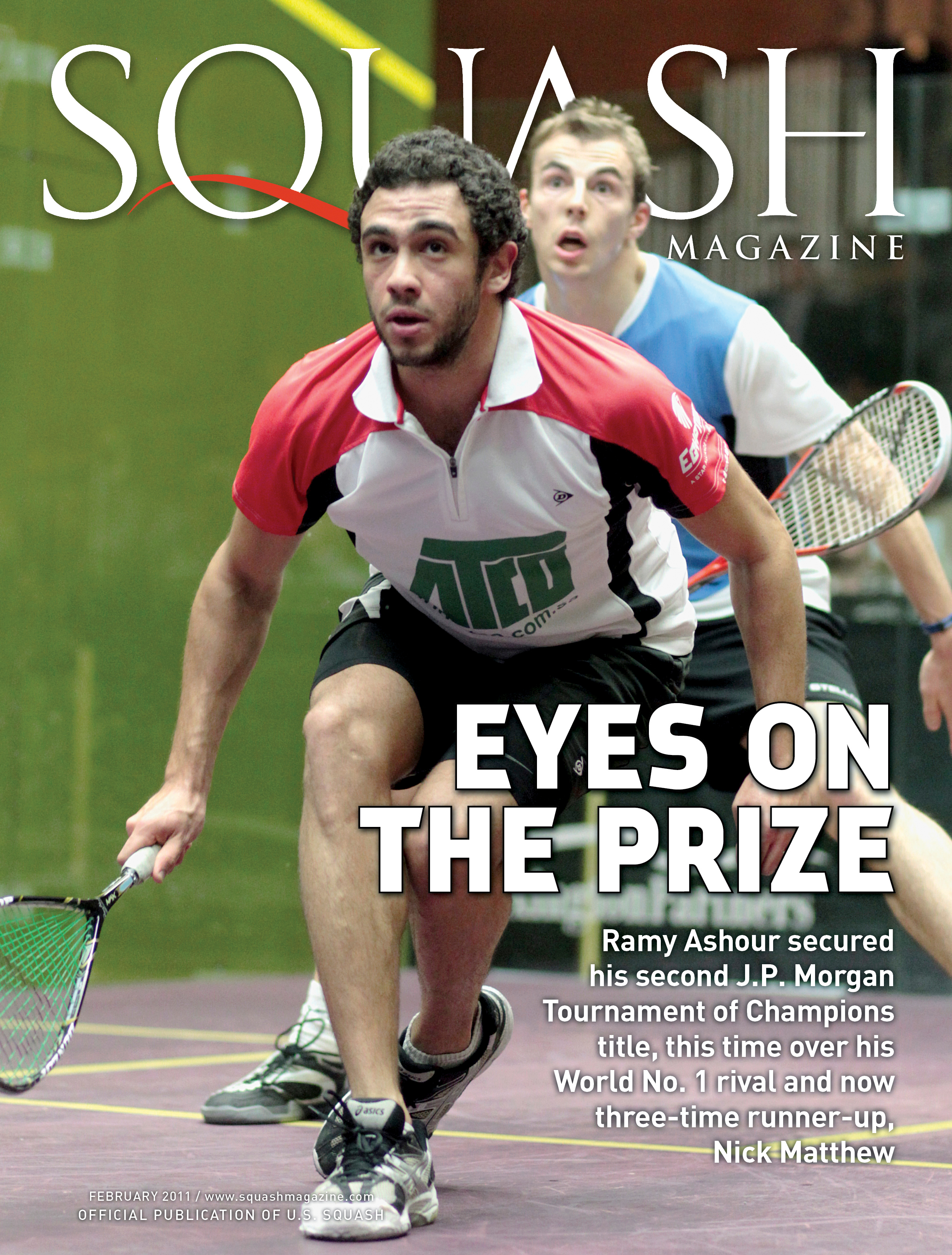By Jay D. Prince
Over the past 14 years, I’d guess that I’ve played over 2,500 matches, even after taking into account the year I had to stop playing for shoulder surgery. Taking it a step further, and assuming an average score of 3-1 (win or lose), we’re talking about somewhere in the neighborhood of 10,000 games and upwards of 200,000 points. Extrapolating further, it’s easy to imagine having hit the ball well over 2,000,000 times—all while playing “meaningful” (aka, “competitive”) matches. I think it’s safe to say that there are a lot of you who have put in even more time and effort than I.
So what’s the point? The point is that every one of those rallies has included opponents who are going through the dance that is required on the court. And a major part of that is not only strategizing while we play but also doing our best to “clear” and play fairly. You can imagine how many times those points have ended in lets and strokes—or, perhaps, should have. In my view, those very same points provided opportunities to learn, not only about playing the game well, but also about the finer points of the rules; especially with respect to the aforementioned lets and strokes.
Not one of you can tell me you haven’t seen or heard heated exchanges coming from courts where one player (sometimes both players) is upset about a decision made by a referee—or the opponent; feeling somehow that he/she has been “wronged” by a decision.
For me, the most recent personal experience came in a league match. I’ve played this opponent several times in league matches over the past few years. And in every one of those matches, something happens that leaves my blood boiling—and it always stems from what has appeared to me to be a blatant disregard for the rules with respect to lets and strokes. I have no problem with those situations in which decisions could probably go either way (e.g., there was some interference, but how much? Or, when you’re not sure you or your opponent could have reached the ball). But when your opponent hits the ball back at himself/herself, and you are standing there to hit the ball, that’s his/her problem—stroke! I know, Rod Symington would be telling me to send him the video so he could look at what was really going on.
When this happened again in my recent match, and my opponent once again was absolutely certain that it should just be a let, I just couldn’t understand what planet he was from.
As a general rule, I try to talk about these sorts of situations after my matches are over, partly to understand what the heck was going on, and partly to help players who don’t seem to get it. I was shocked when my opponent said: “I really don’t understand the rules very well. I hate to referee. I don’t really understand strokes.”
That was a “lightbulb moment” for me with him. At first he wasn’t all that interested in listening to my explanation. But when I asked him why he wouldn’t want to gain a better understanding when he plays the game and plays it well, he stopped resisting my efforts to work on this.
I don’t know if it will ultimately make a big difference in future matches I play with this particular individual, but it occurred to me that he’s not alone. How many times have you heard players say, “I hate to referee”? You’ve probably said it yourself. I’m guilty too, but I do it.
We hate doing it because we don’t like getting grief from players who disagree with us. We hate it because, well, sometimes we really aren’t sure about situations that come up.
But if we’re going to play this game and enjoy it, isn’t it absolutely vital to take the time to not only learn the rules but also to understand them? In Kevin Klipstein’s column on Page 4 of this issue, he discusses steps U.S. SQUASH is taking to help us all become better referees. Take the time to do it. You will be glad you did…even if you do hate refereeing.


